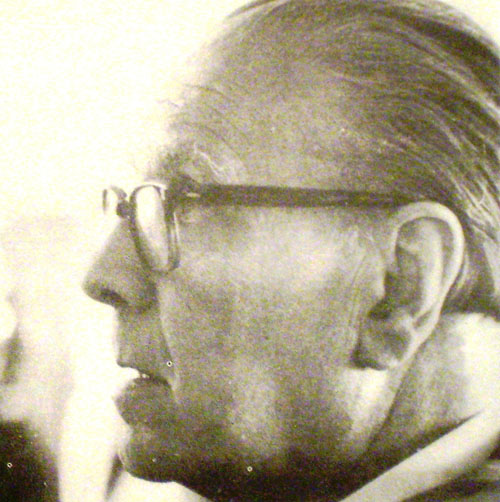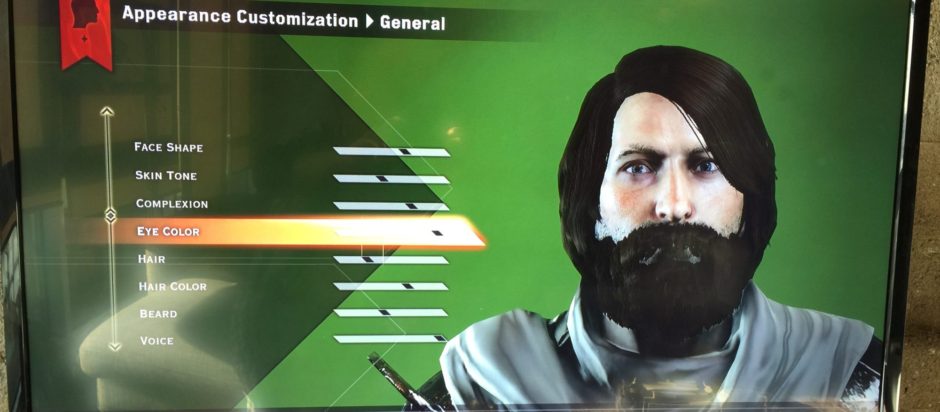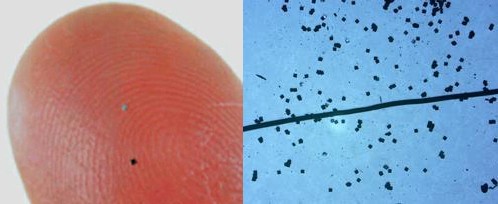
Rabbit holes, world building and fictional encyclopediae: Tlön, Uqbar, Orbis Tertius by Jorge Luis Borges.
I
I owe the discovery of Uqbar to the conjunction of a mirror and an encyclopedia. The mirror troubled the depths of a corridor in a country house on Gaona Street in Ramos Mejia; the encyclopedia is fallaciously called The Anglo-American Cyclopaedia (New York, 1917) and is a literal but delinquent reprint of the Encyclopedia Britannica of 1902. The event took place some five years ago. Bioy Casares had had dinner with me that evening and we became lengthily engaged in a vast polemic concerning the composition of a novel in the first person, whose narrator would omit or disfigure the facts and indulge in various contradictions which would permit a few readers – very few readers – to perceive an atrocious or banal reality. From the remote depths of the corridor, the mirror spied upon us. We discovered (such a discovery is inevitable in the late hours of the night) that mirrors hare something monstrous about them. Then Bioy Casares recalled that one of the heresiarchs of Uqbar had declared that mirrors and copulation are abominable, because they increase the number or men. I asked him the origin of this memorable observation and he answered that it was reproduced in The Anglo-American Cyclopaedia, in its article on Uqbar. The house (which we had rented furnished) had a set of this work. On the last pages of Volume XLVI we found an article on Upsala; on the first pages of Volume XLVII, one on Ural-Altaic Languages, but not a word about Uqbar. Bioy, a bit taken aback, consulted the volumes of the index. In vain he exhausted all of the imaginable spellings: Ukbar, Ucbar, Ooqbar, Ookbar, Oukbahr… Before leaving, he told me that it was a region of Iraq of or Asia Minor. I must confess that I agreed with some discomfort. I conjectured that this undocumented country and its anonymous heresiarch were a fiction devised by Bioy’s modesty in order to justify a statement. The fruitless examination of one of Justus Perthes’ atlases fortified my doubt.



